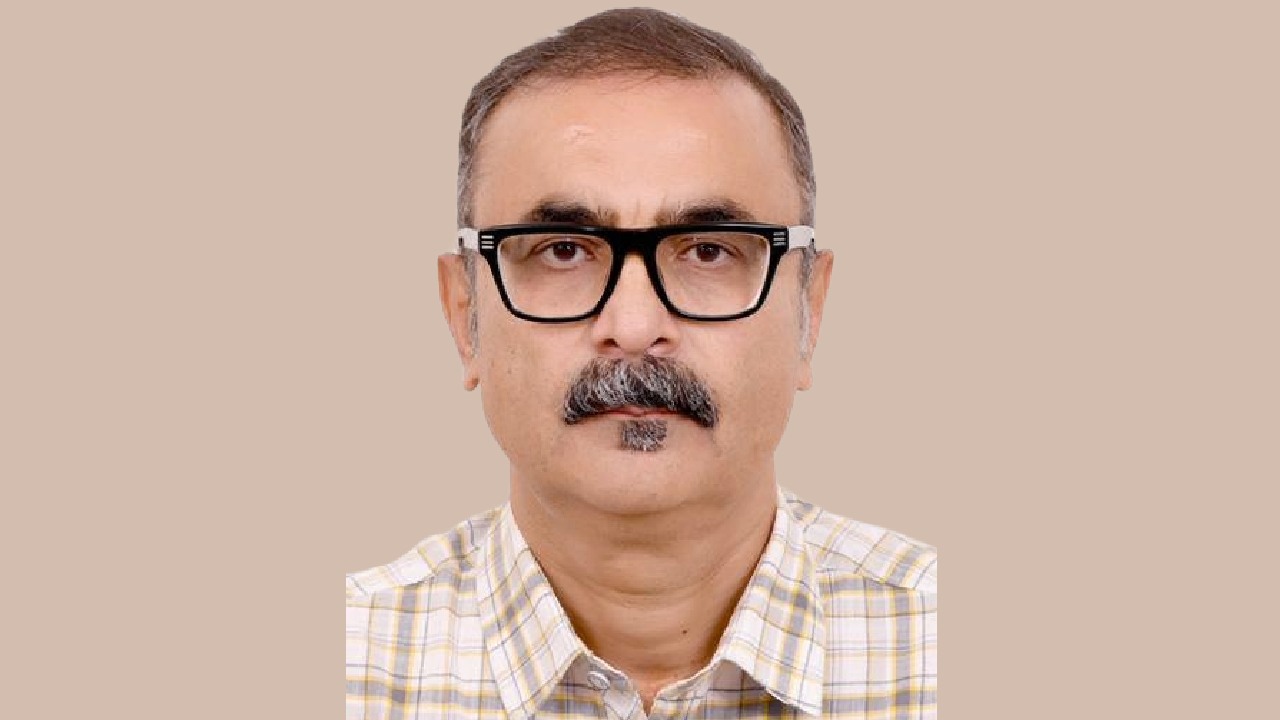Deduct AI is a cutting-edge deep-tech startup tackling various societal challenges, including healthcare, law enforcement, and rescue operations. By harnessing the power of artificial intelligence, the company develops targeted applications, each designed to address specific sector challenges.
In an exclusive interview with The Interview World, Sunil Kumar Pradhan, Co-founder of Deduct AI, shares how his startup confronts pressing societal issues. He explains the innovative mechanisms that enable data communication in remote areas lacking internet access. Pradhan also emphasizes the impressive success rates of their pilot projects and provides valuable insights into emerging market opportunities. Below are the key takeaways from his conversation.
Q: Can you explain how Deduct AI utilizes artificial intelligence to tackle pressing societal challenges?
A: At Deduct AI, we have developed four distinct products, beginning with Synaptic Trace AI. This innovative crime scene investigation app automates the entire investigative process. Synaptic Trace AI streamlines every investigation aspect from visiting the crime scene to preparing the charge sheet and collecting samples. It even identifies applicable sections of the Indian Penal Code (IPC).
Traditionally, this procedure would take four to five hours; however, with our solution, it now takes a maximum of just one hour. The system is completely tamper-proof and operates on a secure cloud server. Furthermore, it ensures no data loss and everything runs smoothly. This is the essence of Synaptic Trace AI.
Next, we have ResQube, a groundbreaking device designed for high-altitude and underwater operations. Notably, it functions independently of 5G or 4G networks and does not rely on traditional telecommunication. Instead, ResQube employs its own module to provide long-range communication without any internet service provider or telecommunications infrastructure.
ResQube is particularly beneficial for individuals in perilous situations at high altitudes, such as falling into a cliff or moving away in an avalanche. Our sensors automatically detect vital signs and send alerts to nearby responders, communicating emergencies without needing conventional telecommunications.
Additionally, we have developed another application that transmits vital medical information from remote areas to healthcare providers. For instance, if a patient in a remote location requires urgent care but cannot reach a doctor due to floods or landslides, our solution ensures they receive timely assistance. Even without natural disasters, many patients struggle to travel due to their health conditions or lack of transportation.
Our solution involves a wearable device that continuously monitors and transmits 18 critical health parameters. These include blood pressure, heart rate, and pulse. Doctors can access this data via an app or website from anywhere in the world, allowing them to diagnose patients in real time, even in the absence of the patient. The device also transmits stethoscopic data, enabling doctors to evaluate additional parameters effectively.
Furthermore, we have integrated a QR code-based feature for seamless, transactionless, and paperless sharing of medical history. By simply scanning a QR code, doctors can access a patient’s complete medical history, including previous diagnoses, treatments, and test results. This feature simplifies and enhances the efficiency of patient care, ensuring that healthcare providers have all the necessary information at their fingertips.
Q: How does your device facilitate communication between users in remote areas and doctors in cities to ensure effective data sharing?
A: Our product can succeed in every corner of our country where UPI has made inroads. The only requirement for users is a smartphone—nothing more. They simply need to download our app, which their doctor must also install. Additionally, a device costing less than 1,000 rupees is essential. Community health care centers can use this device, allowing entire villages to benefit without individual purchases. Community members can either visit the center or have a representative from the health care service come to them for comprehensive diagnostics.
Q: Have you commercialized this product, or are you still in the pilot stage?
A: We are currently in the piloting stage, actively exploring the development of prototypes for our product. Once we finalize these prototypes, we will create commercial versions, ensuring that they meet our quality standards and address market needs effectively.
Q: What success rates have you observed in your existing pilot test cases, and how do you evaluate their effectiveness?
A: Our success rates are impressive, demonstrating a high level of accuracy. We are currently enhancing our analysis by integrating AI into stethoscopic data. For instance, in situations where a doctor may not be available to interpret the stethoscopic sounds, we are developing a machine learning model capable of analyzing this data and providing a diagnosis.
To elaborate on the stethoscopic data, heart sounds comprise four distinct components, not just the familiar “lub” and “dub.” By analyzing these four sounds, a doctor can diagnose approximately 21 different conditions—something that is often challenging for even experienced physicians.
Currently, we are in the process of training our model and assembling a comprehensive dataset. At this stage, we lack the necessary data to perform these calculations, but we will create it and integrate it into our overall framework.
Q: What is your assessment of the market size for these types of products in India?
A: The medical healthcare devices market in India is substantial, boasting a market share of approximately $11 billion. This presents a significant opportunity for us. By strategically leveraging this expansive market, we can effectively drive the growth and expansion of our product, ultimately enhancing our presence in the industry.








